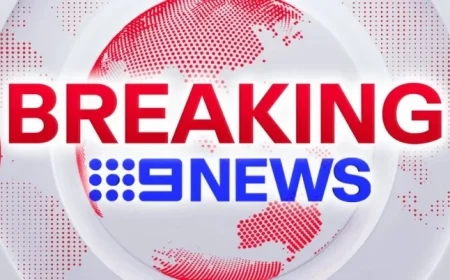Canada Faces Urgent Deadline for Fighter Jet Decision

Canada is at a critical juncture regarding its future fighter jet capabilities. The government is actively reviewing its strategy to replace aging CF-18 Hornets, with a firm commitment to purchasing 16 F-35As from the United States.
Current Fleet and Fighter Jet Acquisition Plans
Currently, Canada operates approximately 75 CF-18A/B+ jets, bolstered by the addition of 18 ex-Royal Australian Air Force F/A-18A/B models. Deputy Minister of Defense Stefani Beck stated that plans for the F-35 acquisition are moving forward. She emphasized the importance of establishing the necessary infrastructure and training for future F-35 pilots.
- Commitment: 16 F-35A jets
- First deliveries expected: 2024, for training at Luke Air Force Base, Arizona
- Full operational capability anticipated: between 2032 and 2034
The overall plan includes acquiring 88 F-35 jets, with the initial costs projected at $19 billion, now rising to about $27.7 billion, excluding weaponry and infrastructure expenses. These escalating costs reflect changing demands from the U.S. government.
Trade Relations Affecting Fighter Aircraft Decisions
Recent tensions between Canada and the U.S. have posed challenges for the acquisition program. Prime Minister Mark Carney is under pressure to negotiate better trade conditions amid tariff disputes, complicating the fighter jet procurement timeline.
- Current U.S. tariffs on Canadian goods: 35%
- Retaliatory tariffs imposed by Canada
Discussions regarding alternatives to the F-35 have emerged. Saab’s Gripen E was in contention previously but faced competition from the U.S.-made jets. The process has been complicated by the withdrawal of European candidates, such as the Eurofighter Typhoon and Dassault Rafale, citing bias towards U.S. firms.
Future Considerations for the Royal Canadian Air Force (RCAF)
The RCAF’s strategic planning must consider potential operational challenges that may arise from a mixed fighter fleet. Lt. Gen. Jamie Speiser-Blanchet has noted the difficulties and associated costs from operating a dual fleet. Ensuring compatibility with the North American Aerospace Defense Command (NORAD) is also a significant concern.
While some officials, including Defense Minister Bill Blair, advocate for a mixed fleet to handle diverse threats effectively, opinions vary on the feasibility of this strategy. The presence of Russian and Chinese fifth-generation fighter aircraft amplifies these discussions, stressing the importance of modern capabilities for Canada’s defense.
Conclusion: The Path Forward
Canada must make decisive choices regarding its fighter jet fleet. The decision deadline looms, with the government continuing to evaluate the implications of sticking with the F-35 program or considering alternatives.
As the nation navigates these complexities, engaging in strategic dialogues regarding defense capabilities will be paramount. The future of Canada’s air defense hinges on these upcoming decisions, which carry significant operational and fiscal impacts.































